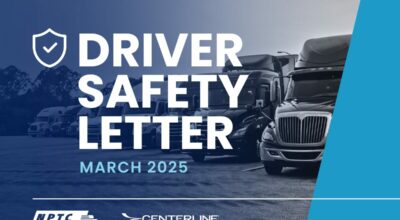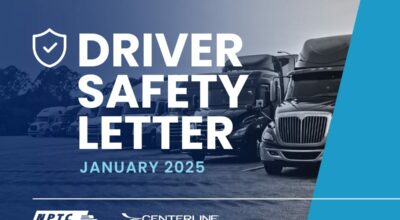
Truck drivers are no strangers to the unpredictable challenges of the open road and one of them is dealing with high winds. Newcomers and even seasoned truck drivers alike know maintaining safety in dangerous weather is vitally important not only for the driver’s well-being but also for the safety of fellow travelers.
Whether you’re driving across open plains, through mountainous regions, or urban landscapes, understanding how to handle your truck in high winds is essential.
Here we’ve compiled a few tips for truck drivers to navigate high winds confidently and cautiously. From pre-trip preparation to on-the-road practices, we’ll cover various measures that aim to improve safety and reduce the dangers of strong high winds.
Check weather reports
Before embarking on your trip, a simple but effective step to take is to check weather reports and forecasts. Weather reports can assist with route planning, optimize driving time, and enhance emergency preparations and fuel efficiency.
Many modern navigation systems provide real-time weather updates, so keeping up with changing weather conditions throughout your trip can be beneficial. If high winds are expected, consider delaying your trip if this is possible. And notify anyone who needs to know you’ll require more time.
Inspect your vehicle
Ensuring you have everything you need for your safety, like an essential truck kit, is crucial, but preparing your truck for good working conditions in the weather is also necessary. Specifically for high winds, it’s important to check tires for proper inflation and tread depth. Along with making sure your breaks, lights, and steering are all functioning correctly. A truck that is well-maintained is more capable of dealing with challenging conditions.
Plan stops wisely
As conditions may change as you progress on your route the wind may become too severe. Potentially increasing accidents, unpredictable situations of blowing debris, or even needing vehicle maintenance and load security and stability.
You as a driver can also be affected by driving in high winds as it requires extra concentration and effort, which may cause fatigue. Consider pulling over to a safe area and waiting for conditions to improve and rest to improve alertness.
Reduce speed
Trailers, especially if empty, are more susceptible to being pushed in different directions at high speeds. So being cautious of your speed to maintain better control of your vehicle is crucial and will give you more time to react to sudden gusts of wind and maintain control.
Additionally keeping both hands on the steering wheel with a firm grip allows you to have better control over the vehicle. If possible, try to load your trailer evenly or use load bars to distribute weight evenly.
Increase following distance
When driving a truck in high winds, it’s important to maintain a safe distance from the vehicle in front of you. This gives you more time to react to sudden changes in speed or direction and prevents rear-end and chain-reaction collisions. High winds can cause unpredictable blowing debris which cause reduced clear visibility.
But distance between yourself and other travelers can provide you a clearer line of sight, to help anticipate any challenges while driving. Especially when carrying heavy loads, trucks require a longer braking distance than smaller vehicles. So having an increased distance will provide you the space needed to bring your truck to a safe stop if necessary.
Stay centered in your lane
Because wind gusts can push your truck to the side, try to stay in the center of your lane. Maintaining the overall stability of the truck by staying centered reduces the risk of drifting into another lane or off the road. As high winds can vary in direction or intensity, staying centered allows you to make controlled adjustments to counteract these changes without overcompensating and drifting.
If you need to pass another vehicle, do so with caution and awareness that wind effects may be stronger while increasing your speed to pass or being passed by other large vehicles.
Use your flashers
If extreme cases of dangerous wind conditions occur, to provide further safety for you and other drivers, use your hazard flashers. This will increase the visibility of your truck and signal other drivers to be cautious and anticipate any changes in your vehicle’s speed or direction due to high winds.
Using your flashers will also provide increased visibility for other drivers to spot your vehicle from a distance. Some jurisdictions even require the use of flashers during specific weather conditions or emergencies. Being compliant with these regulations is important for both safety and legal reasons.
Remember that safety should always be the top priority as a truck driver, and it’s crucial to proceed with caution and be well-prepared when navigating through high winds. To minimize the risks associated with high winds, it’s essential to stay updated on weather conditions, maintain a well-inspected and properly loaded vehicle, and use practical driving techniques. By following these precautions and staying alert, you can not only protect yourself but also enhance the safety of the roads you travel on.
With safety being the number one priority here at Centerline, our Centerline Mobile App was built to keep drivers connected and engaged.
If you drive with Centerline and haven’t downloaded the mobile app yet, simply visit the Apple App Store or the Google Play store on your device, search for Centerline, and download!


